Geotextile Placement: Load Optimization and Drainage in Construction
Geocell technology has revolutionized the geosynthetics industry, providing innovative solutions for soil stabilization and erosion control.
Tel: +86-411-39569550 | E-mail: info@geofantex.com/geofantex@gmail.com
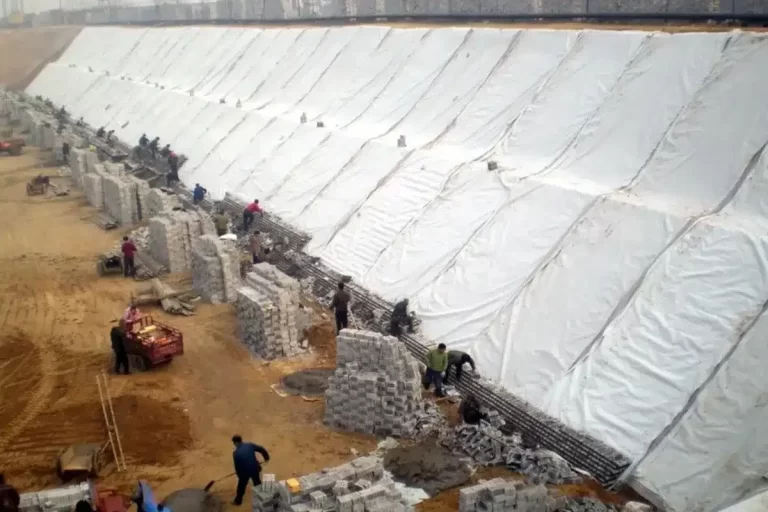
Geocell technology has revolutionized the geosynthetics industry, providing innovative solutions for soil stabilization and erosion control.
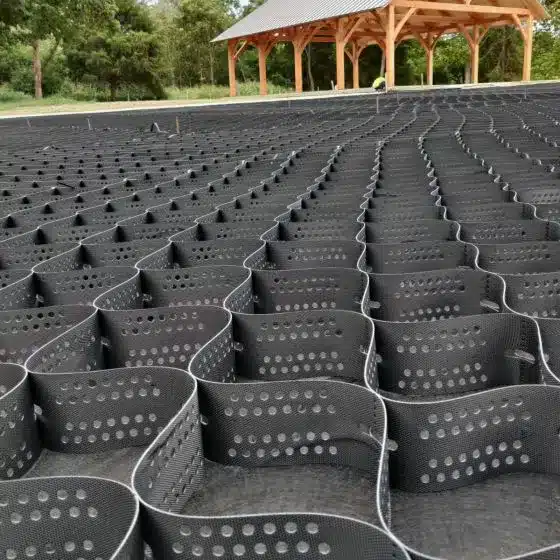
Geocell technology has revolutionized the geosynthetics industry, providing innovative solutions for soil stabilization and erosion control.
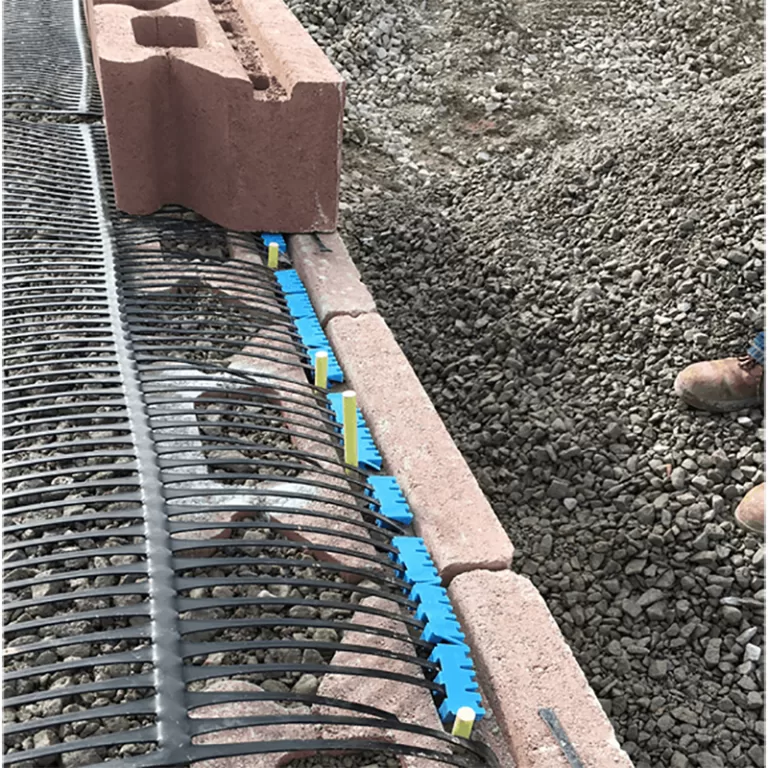
Understanding the difference between uniaxial and biaxial geogrids is critical to securing soil reinforcement and stabilization projects.

Geocell technology has revolutionized the geosynthetics industry, providing innovative solutions for soil stabilization and erosion control.
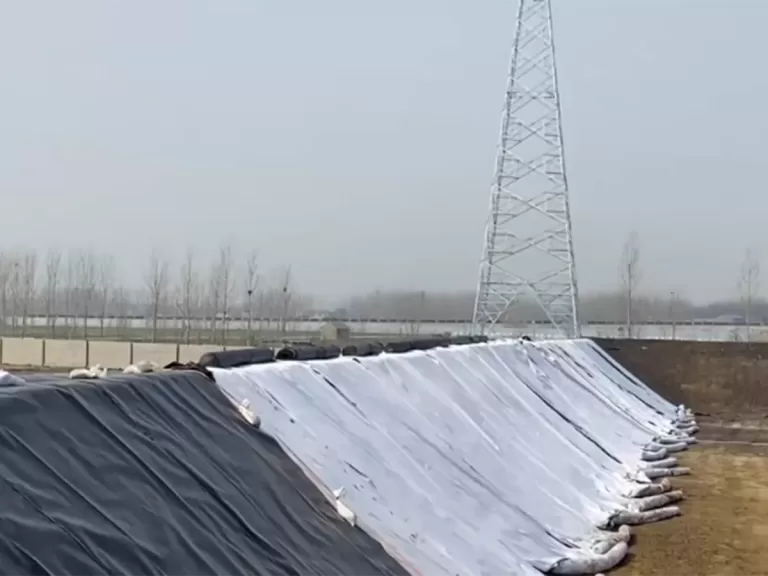
What is geotextile used for in pavements? Geotextiles are used in the construction practice of reinforcing pavement structures.
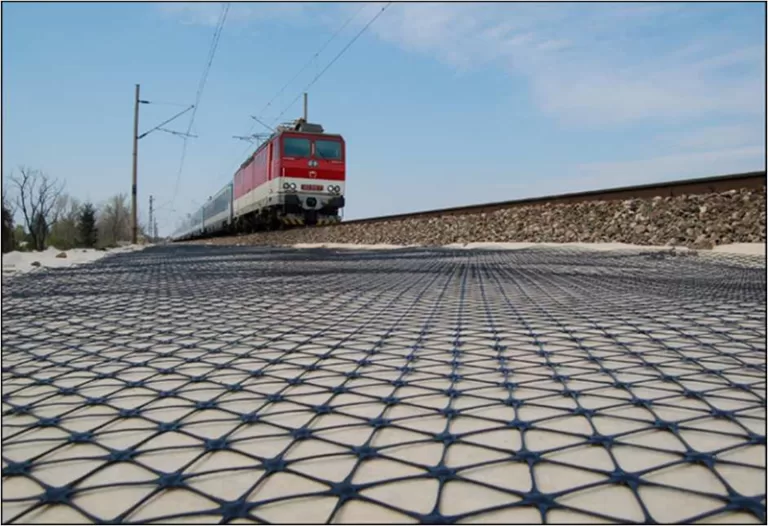
The latest advancements in geogrid soil stability have revolutionized infrastructure development across the country.

When it comes to road infrastructure, paving roads with geocomposites is an effective way to improve durability.
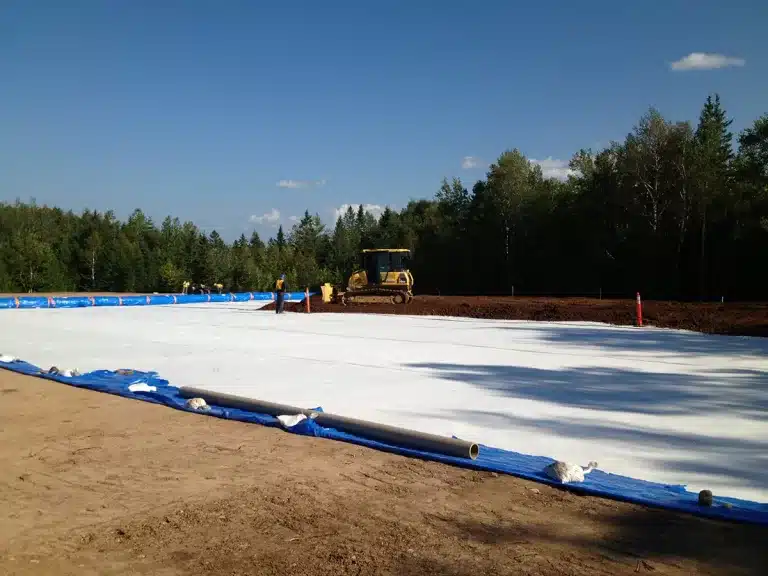
For infrastructure projects such as road construction and retaining walls, successful geosynthetic install ensures stability.

What are erosion blankets? This question becomes increasingly important as the demand for effective erosion solutions continues to grow.
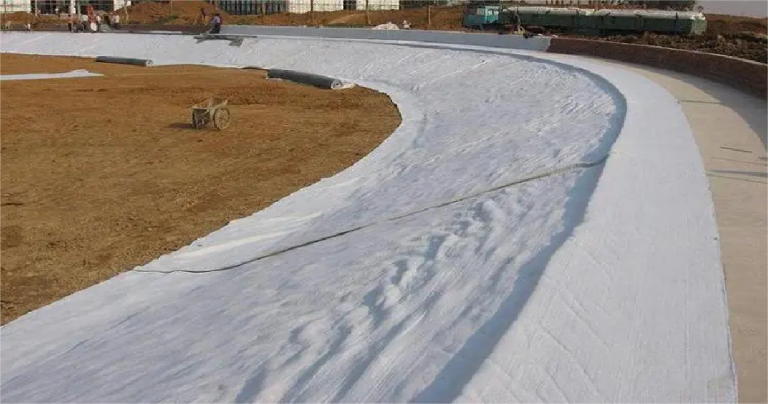
Geotextile what is it? It is an important question in the industry. It is a synthetic material used for various purposes such as engineering.
End of content
End of content
WhatsApp us